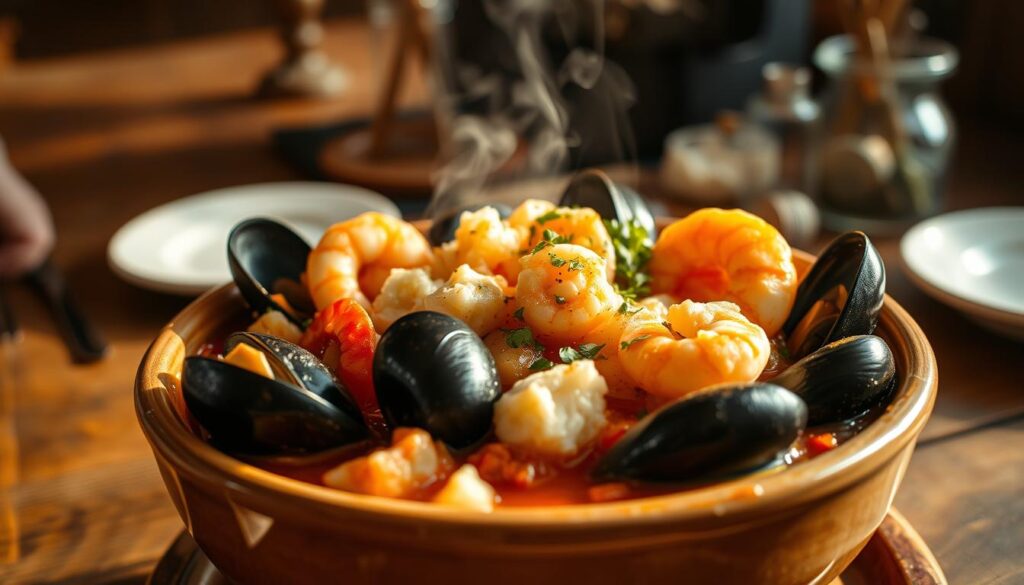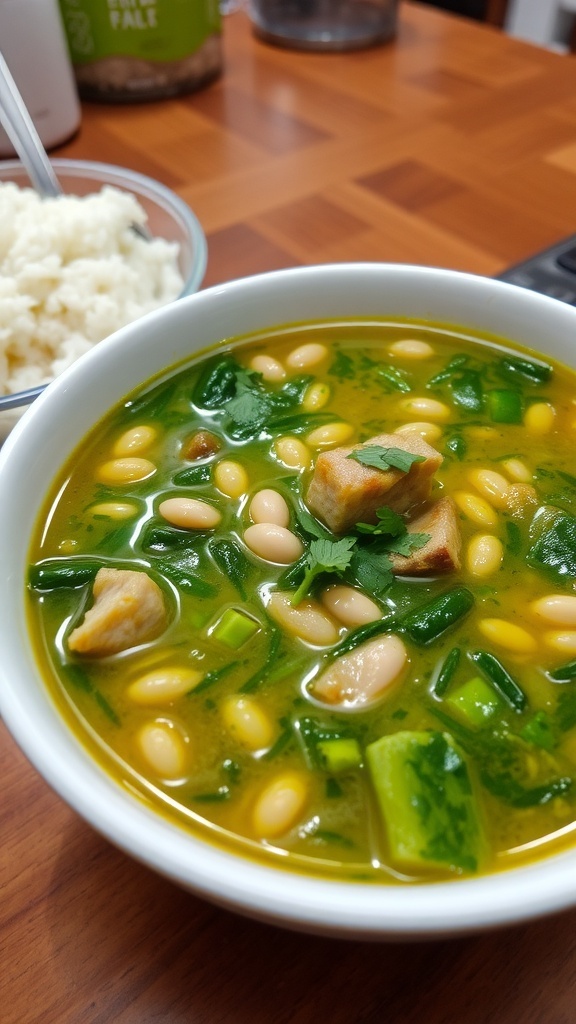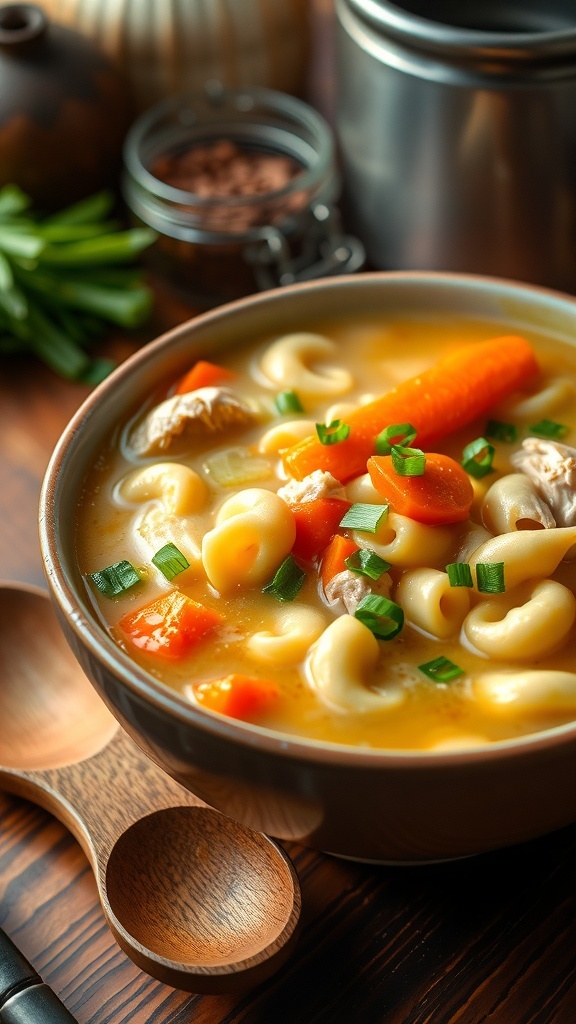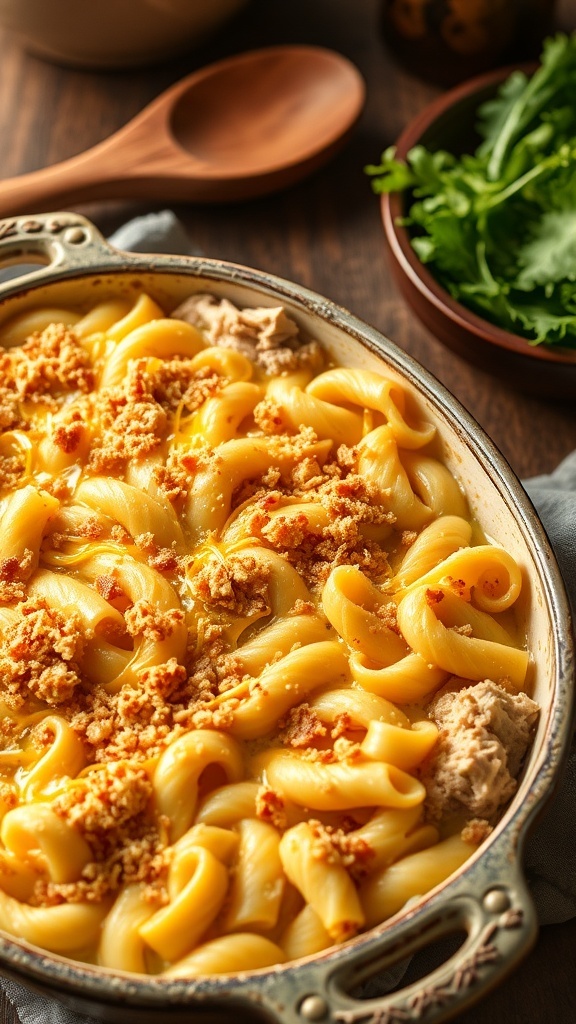We explore the rich flavors of Cioppino, a hearty dish. It originated in the late 19th century among Italian immigrant fishermen in California.
This Italian-American cuisine staple combines the day’s catch with tomatoes, wine, and herbs. It creates a delicious and warming meal. This meal showcases the best of the sea.
As we dive into the world of Cioppino, we discover its significance in San Francisco’s culinary history. It has an enduring popularity.
Key Takeaways
- Cioppino is a rich and hearty seafood stew originating from San Francisco.
- It was created by Italian immigrant fishermen in the late 19th century.
- The dish combines fresh seafood with tomatoes, wine, and herbs.
- Cioppino is a significant part of Italian-American cuisine.
- It remains a beloved dish in San Francisco’s culinary scene.
The Rich History of Cioppino
Cioppino, a hearty San Francisco seafood stew, has a rich history. It spans generations and has become a key part of the city’s food scene.
Italian-American Origins in San Francisco
The name “Cioppino” comes from the Italian word “ciuppin,” meaning “to chop.” Italian-American fishermen in San Francisco’s North Beach created it. They used their daily catch to make this stew. It shows the cultural mix that makes San Francisco’s food scene unique.
Evolution from Fishermen’s Catch to Culinary Icon
Over time, Cioppino grew from a simple stew to a culinary icon in San Francisco. It became popular in the 1950s and 1960s. This was because it highlighted the freshness and variety of local seafood. Today, it’s still loved for its bold flavors and mix of seafood.
What Makes Cioppino (San Francisco Seafood Stew) Special
Cioppino has deep roots in Italian-American cuisine. It has grown into a unique San Francisco dish. Let’s dive into what makes it special.
The Signature Tomato-Based Broth
The heart of Cioppino is its tangy tomato broth. It’s made with garlic, onions, white wine, and herbs. This broth is perfect for the seafood that makes the dish.
Traditional Seafood Components
Cioppino is famous for its mix of seafood. It includes fish, shellfish, and crustaceans like shrimp and crab. This mix makes the stew flavorful and filling.
Regional Variations and Adaptations
While San Francisco loves traditional Cioppino, other places have their own versions. These changes show how Cioppino can be enjoyed everywhere. It’s a seafood recipe that adapts well.
| Seafood Component | Traditional Cioppino | Regional Variations |
|---|---|---|
| Fish | Variety of firm white fish | Local catch, such as halibut or cod |
| Shellfish | Clams, mussels | Local shellfish, such as oysters or scallops |
| Crustaceans | Crab, shrimp | Regional crustaceans, like lobster or crawfish |
These changes show Cioppino’s flexibility. It can be enjoyed worldwide, staying true to its delicious fish stew roots.
Authentic Cioppino Recipe

Making Cioppino is a fun journey that brings San Francisco’s Italian-American tastes to your home. This seafood stew is a mix of seafood, tomatoes, and herbs in a rich broth. It’s a true taste of San Francisco.
Essential Ingredients
To make Cioppino, you need fresh seafood and some pantry staples. The seafood mix includes clams, mussels, shrimp, squid, fish, and crab. You’ll also need tomatoes, white wine, garlic, onions, and herbs like parsley and basil.
- 1 lb clams, scrubbed
- 1 lb mussels, scrubbed and debearded
- 1/2 lb shrimp, peeled and deveined
- 1/2 lb squid, cleaned and cut into rings
- 1/2 lb firm white fish, cut into chunks
- 1/4 lb crab, jumbo lump or flaked
- 2 cups tomatoes, diced
- 1 cup white wine
- 4 cloves garlic, minced
- 1 large onion, chopped
- 1/4 cup chopped fresh parsley
- 2 tbsp chopped fresh basil
Step-by-Step Preparation
Preparing Cioppino involves several steps. Start by sautéing the aromatics, then simmering the broth, and finally cooking the seafood. Heat olive oil in a large pot over medium heat. Add the chopped onion and cook until it’s translucent.
Then, add the minced garlic and cook for another minute. Next, add the white wine to the pot, bringing it to a simmer. Let it cook for a few minutes to reduce slightly, then add the diced tomatoes, parsley, and basil. Season with salt and pepper to taste, and let the broth simmer for about 20 minutes.
Cooking Techniques and Timing
The key to a great Cioppino is cooking the seafood just until it’s done. Start by adding the clams and mussels to the pot, covering it, and letting them cook until they open. Then, add the shrimp, squid, fish, and crab, cooking just until the seafood is opaque and flakes easily with a fork.
Achieving the Perfect Broth Consistency
The broth is the heart of Cioppino, and getting the right consistency is key. You want the broth to be rich and flavorful but not too thick. To achieve this, you can adjust the amount of tomatoes and wine, and simmer the broth for the right amount of time. If the broth becomes too thick, you can thin it with a bit of water or additional wine.
Here’s a summary of the cooking times and techniques for the seafood in Cioppino:
| Seafood | Cooking Time | Cooking Method |
|---|---|---|
| Clams | 5-7 minutes | Steamed |
| Mussels | 5-7 minutes | Steamed |
| Shrimp | 2-3 minutes | Simmered |
| Squid | 2-3 minutes | Simmered |
| Fish | 3-5 minutes | Simmered |
| Crab | 2-3 minutes | Simmered |
Experiencing Cioppino in San Francisco
![]()
Tasting Cioppino in San Francisco is a unique experience. This seafood dish is a big part of the city’s culture, especially in Fisherman’s Wharf. It’s a dish you must try, known for its freshness, flavor, and tradition.
Iconic Restaurants Serving Traditional Cioppino
San Francisco has many famous restaurants that serve real Cioppino. Alioto’s, a family-owned place since 1925, is one. Another is The Slanted Door, which gives a modern twist to the classic fish stew. These spots offer a true taste of San Francisco’s seafood history.
Fisherman’s Wharf: The Heart of Cioppino Culture
Fisherman’s Wharf is more than a tourist spot; it’s Cioppino’s heart. The lively waterfront, with its seafood markets and street performers, adds to the dining joy. Walking along, the smell of seafood cooking makes us eager for Cioppino.
Seasonal Considerations for the Best Experience
Cioppino is good all year, but some seasons are better. Freshness is key to this dish, and seafood choices change with the seasons. The colder months have more fresh seafood, making it the best time to try Cioppino. Visiting then can make your experience even better.
Embracing the Flavors of Cioppino
Cioppino, a hearty seafood stew, is loved worldwide. Its rich history and cultural importance show it’s a true culinary gem. This Italian-American dish has truly made its mark.
This tomato-based stew is more than food; it’s a way to connect with others. Enjoying it at San Francisco’s Fisherman’s Wharf or at home, Cioppino always impresses.
As we wrap up our Cioppino journey, its lasting appeal is clear. This iconic dish charms seafood fans and holds a special place in Italian-American cuisine. We hope you’re inspired to try Cioppino and taste its rich flavors for yourself.
FAQ
What is Cioppino?
Cioppino is a seafood stew from San Francisco. It’s made with fish, shrimp, mussels, and clams in a tomato-based broth. This dish is loved by many.
What kind of seafood is typically used in Cioppino?
Cioppino often has clams, mussels, shrimp, scallops, and fish. The seafood mix can change based on the recipe and who’s making it.
Is Cioppino a traditional Italian dish?
Cioppino has Italian roots but isn’t from Italy. It was made by Italian-American fishermen in San Francisco. They used fresh seafood and their cooking traditions.
What is the significance of Fisherman’s Wharf in Cioppino culture?
Fisherman’s Wharf is key to Cioppino. It was a fishing spot in San Francisco. Today, it’s where you can find Cioppino in many seafood restaurants.
Can I make Cioppino at home?
Yes, you can make Cioppino at home. Our recipe guides you through making this tasty seafood stew.
Are there any regional variations of Cioppino?
Cioppino has its roots in San Francisco but has variations. Recipes can change with different seafood or spices. They’re made to fit local tastes and ingredients.
What makes Cioppino’s broth so special?
Cioppino’s broth is special because of its mix of tomatoes, white wine, and aromatics. This gives it a rich flavor. Making the broth right is key to a great Cioppino.






